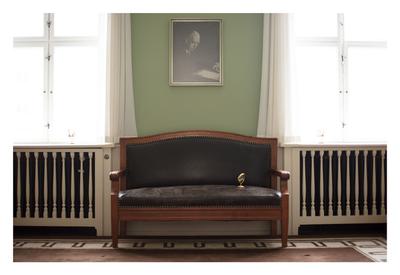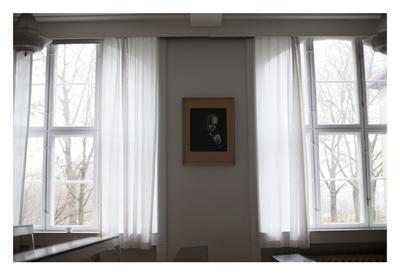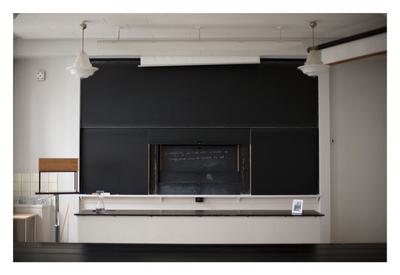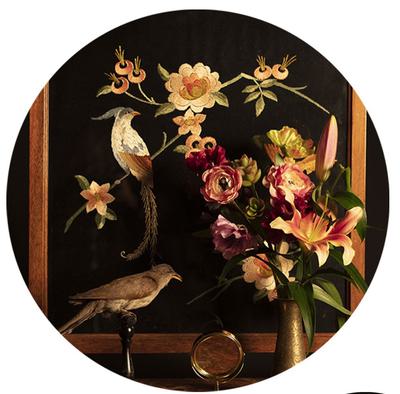Caitlin Griffiths

- Website ,
- 'X' (Twitter) ,
- Instagram ,
- Youtube ,
- LinkedIn ,
- Art Histories ,
- Portfolio
"I want something from you. I want to know where you are, how you got there, who you think you are and who you’d like to be. I collect pieces of people and build myself among them.”
I am a visual artist working across performance, photography, video, text and drawing. Central to my work is the idea of identity being created through a process of exchange. I am interested in both the external exchange - our interaction with other people, and the internal exchange – our recalled experiences and memories. Both these concepts are rooted in common psychological theories of how we build the self.
I often work with paid participants in the creation of my work. Previously I have worked with scientists, academics, clairvoyants, journalists, translators, psychotherapists, psychologists, actors, Conservative voters, stroke survivors, tulpamancers and the general public.
My video works are often based on established conversational structures: e.g. interviews, talking therapies, a date. For example, in Exchange I recruited people who speak someone else’s words for a living (including a clairvoyant, an interpreter and an actor) and gave them double the opportunity to speak their own words and in the resulting short film they each appear to be interviewing themselves.
In Love and Red and Blue I recruited a Conservative voter (in contrast to me, the other participant, who is a member of the Labour party) and using Arthur Aaron’s psychological experiment to ‘accelerate intimacy’ we undertook an experiment to see if we could fall in love. The final film installation sees us progress through a series of ‘environmental placebos’ from a first date, a formal dinner date, and a wedding ceremony.
My performance works are small and participatory, for an audience of one. They require the presence and active participation of people, making human beings and conversation a key medium of my work.
Helping Artists Keep Going
Axis is an artist-led charity supporting contemporary visual artists with resources, connection, and visibility.









